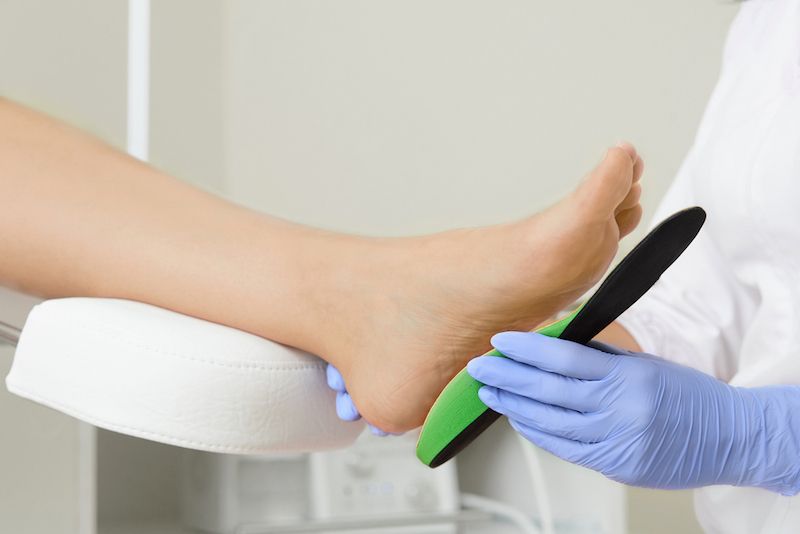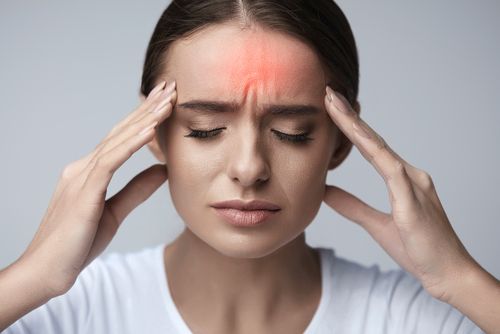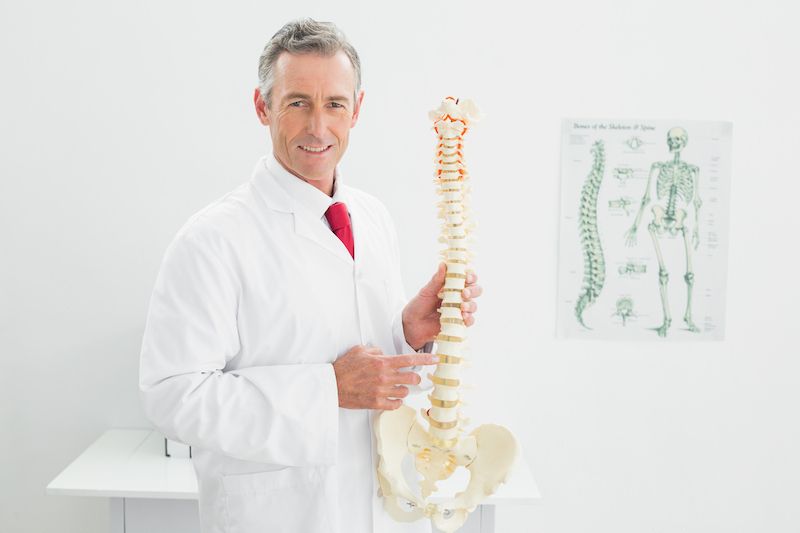Conditions: Joint Pain
Joint Pain: How Chiropractic Care Can Relieve Your Discomfort
Joints are important musculoskeletal structures that connect bones to one another. Some facilitate different types of movement while others remain fixed. Joint pain is a very common and often debilitating problem with around one-third of all adults experiencing it at some point during their lifetime. Fortunately, there are treatments that can help and one of the most effective is chiropractic care.
Here’s what you need to know about joint pain and how chiropractic care can help relieve discomfort.
Causes of joint pain
There are many different things that can cause joint pain. The most common is a condition called osteoarthritis. Osteoarthritis occurs when the protective cartilage that usually protects the ends of bones begins to deteriorate, causing them to rub against one another. This friction causes pain, swelling, and problems moving the joint.
Other potential causes of joint pain include but are not limited to:
Gout
Bursitis
Inflammation of the joint lining
Damage to the cartilage at the back of the kneecap
Bleeding into the joint space
A fracture to the bones of the joint
Other types of arthritis such as rheumatoid and psoriatic arthritis
Your chiropractor will be able to assess your condition to determine the cause of your joint pain and recommend chiropractic techniques to help ease your discomfort.
Symptoms and signs associated with joint pain
Joint pain is just one of the symptoms that you might experience due to the underlying cause of your discomfort. Some of the others can include:
Joint stiffness
Joint warmth
Limping
Loss of range of motion in the joint
Weakness
Chiropractic care and joint pain
Chiropractic treatment is a popular alternative to conventional medicine when it comes to treating the many causes of joint pain. It can also be used alongside medications and other conventional treatments.
Chiropractic care focuses on eliminating misalignments in the spine and joints so that there is less pressure on the spinal cord and central nervous system. This allows all bodily systems to function optimally and boost circulation, enabling blood and nutrients to be delivered to the areas of the body that require healing. A reduction in inflammation helps to counteract spinal and joint motion problems, easing movement and reducing the pain that you might be experiencing, without the need for pain medications.
Chiropractors can also help address other factors that could be contributing to your joint pain, such as poor posture or sleep position, or not warming up or cooling down properly when exercising.
Chiropractic treatment plans are personalized and tailored to the needs of each individual. This means that the precise techniques used, frequency of appointments, and overall the care you are given will vary depending on the extent of your joint problem.














